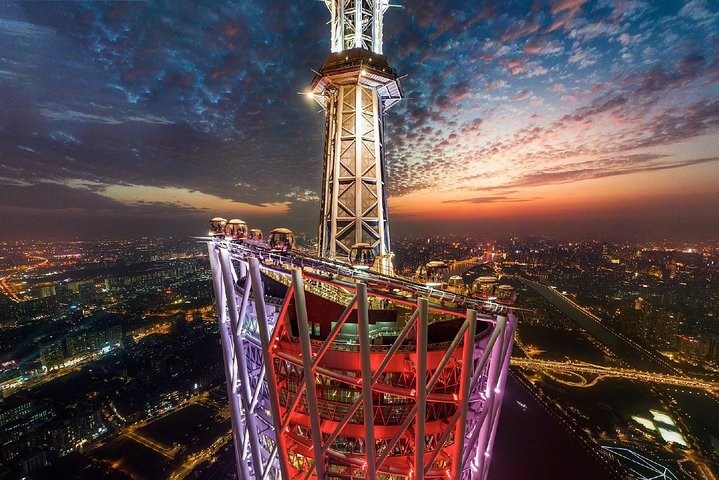Exploring Guangzhou: A Cultural Tapestry of Temples, Cathedrals, and Islands
Embark on a cultural odyssey through Guangzhou, where ancient temples, Gothic cathedrals, and colonial islands reveal the city’s rich tapestry of history and tradition. Discover the stories that connect past and present in this vibrant metropolis.
A Journey Through Time: The Temple of the Six Banyan Trees
As I stepped into the Temple of the Six Banyan Trees, also known as Liurong Temple, I felt an immediate sense of tranquility. This ancient temple, founded over 1,400 years ago, is a testament to the enduring spirit of Guangzhou. The Flower Pagoda, with its elegant design, stands as a beacon of history and spirituality. Our guide, a local historian, shared fascinating insights into the temple’s past, weaving tales of monks and emperors who once walked these grounds.
The temple’s architecture is a harmonious blend of traditional Chinese design and Buddhist symbolism. As I wandered through the halls, I couldn’t help but reflect on the cultural richness that defines this region. The intricate carvings and statues seemed to whisper stories of devotion and enlightenment. It was a moment of mindfulness, a chance to connect with a culture that has thrived for centuries.
The Gothic Grandeur of Sacred Heart Cathedral
Our next stop was the Sacred Heart Cathedral, a striking example of Gothic architecture in the heart of Guangzhou. Built in 1863, this cathedral is the largest of its kind in China. As I approached the towering spires, I was reminded of the European influence that has shaped parts of this city. The cathedral’s grandeur is matched only by its serene interior, where light filters through stained glass windows, casting colorful patterns on the stone floors.
Inside, I took a moment to sit and absorb the peaceful atmosphere. The blend of Western architectural elements with the local culture creates a unique space for reflection. It’s a reminder of the interconnectedness of our world, where diverse traditions can coexist and enrich one another. The Sacred Heart Cathedral is not just a place of worship; it’s a symbol of cultural fusion and historical significance.
Strolling Through History on Shamian Island
Our journey concluded with a leisurely walk on Shamian Island, a place where history and modernity meet. This island, with its neoclassical architecture, reflects the French and British influence that once dominated the area. As I strolled along the tree-lined avenues, I felt as though I had stepped back in time.
The island’s charm lies in its ability to transport visitors to a different era. The colonial buildings, with their ornate facades and elegant balconies, tell stories of a bygone era. Yet, amidst this historical backdrop, the island is alive with local culture. Street vendors offer traditional snacks, and artists display their work, creating a vibrant atmosphere.
Shamian Island is a microcosm of Guangzhou’s rich cultural tapestry. It’s a place where the past and present coexist, offering a glimpse into the city’s diverse heritage. As I left the island, I carried with me a deeper appreciation for the cultural nuances that make Guangzhou a truly unique destination.













































